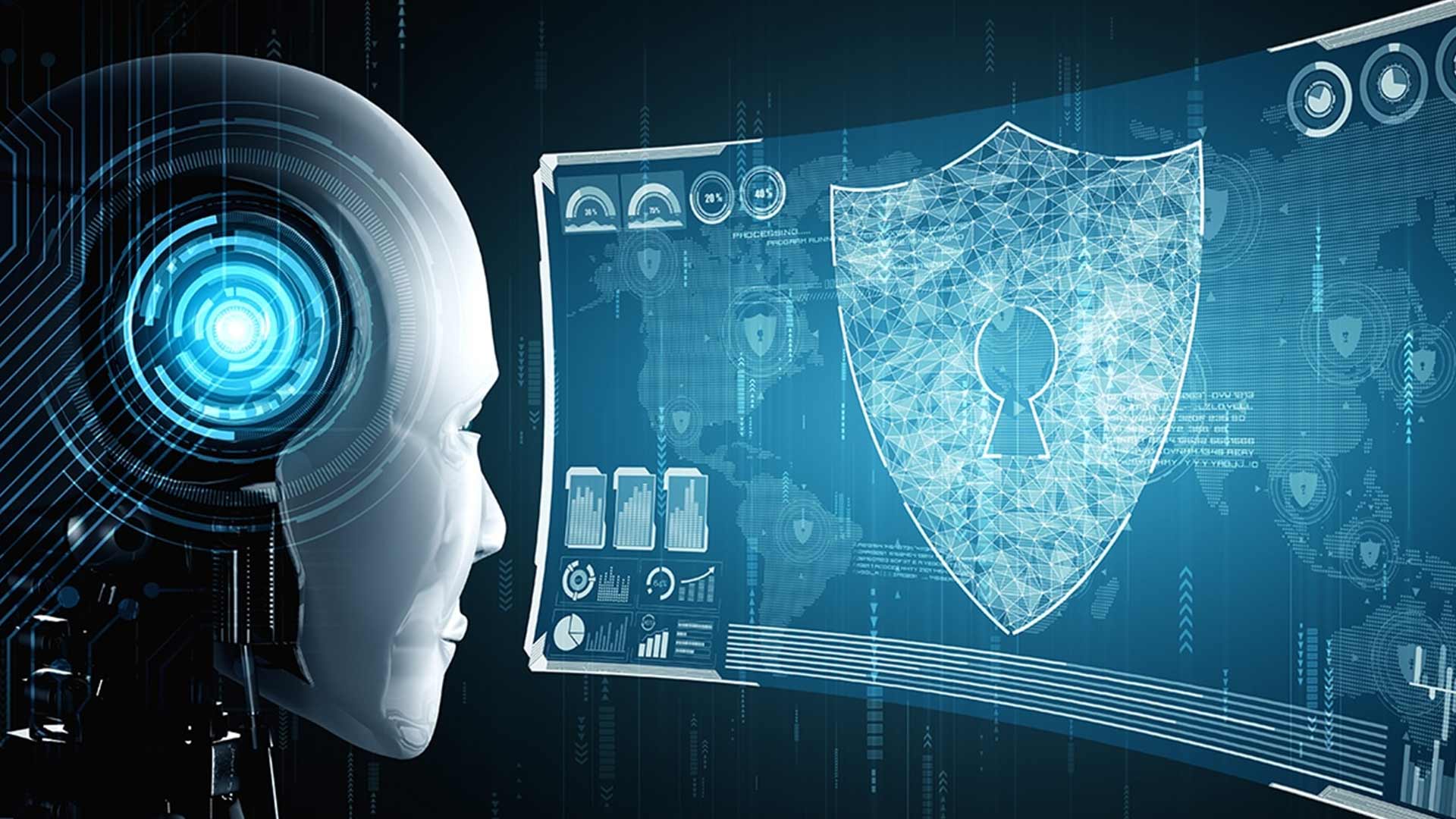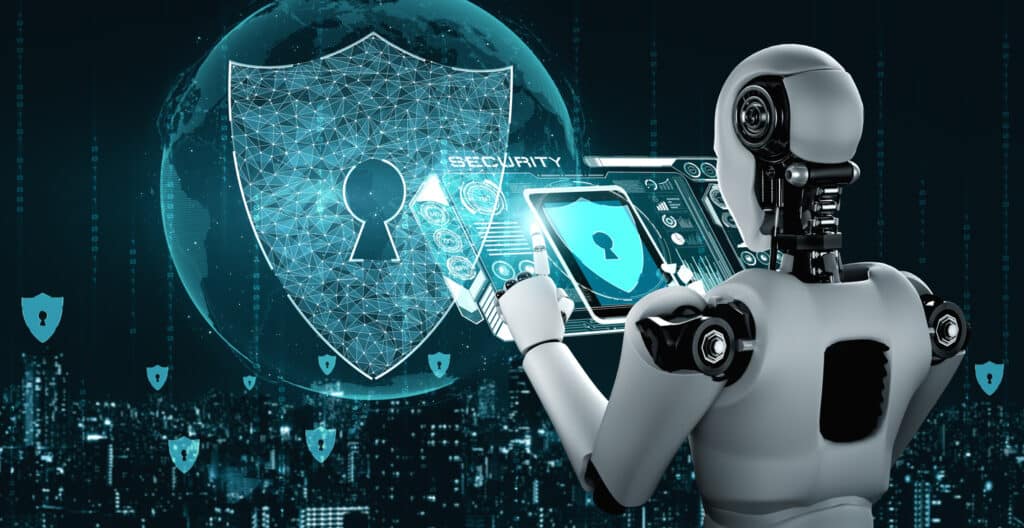How Does AI Impact Business Cybersecurity?
How Does AI Impact Business Cybersecurity?
Artificial Intelligence (AI) has revolutionized the way we work, streamlining processes, enhancing productivity, and enabling innovative solutions across industries.
However, with the integration of AI into the workplace comes a host of cybersecurity considerations that demand attention and proactive measures. In this article, we delve into the intersection of AI and cybersecurity in the work environment, addressing common questions and shedding light on crucial aspects of this evolving landscape.
What role does AI play in the modern workplace?
AI is increasingly employed in various capacities within the workplace, ranging from automating routine tasks to optimizing decision-making processes. It powers chatbots for customer service, analyzes vast datasets for insights, and automates repetitive tasks.
How does AI impact cybersecurity in the workplace?
While AI offers numerous benefits, it also introduces new cybersecurity challenges. Cyber attackers can exploit vulnerabilities in AI systems, launch sophisticated attacks, and manipulate AI algorithms to evade detection. Furthermore, AI-powered tools may inadvertently leak sensitive data or make erroneous decisions, posing significant risks to organizational security.
What are some common cybersecurity risks associated with AI in the workplace?
- Adversarial Attacks: Hackers can manipulate AI models by introducing subtle perturbations to input data, causing the system to misclassify information or make incorrect decisions.
- Data Privacy Concerns: AI systems often require access to large datasets, raising privacy concerns regarding the collection, storage, and utilization of sensitive information.
- Model Bias and Fairness: AI algorithms may exhibit biases based on the training data they receive, potentially perpetuating unfair or discriminatory outcomes in decision-making processes.
How can organizations mitigate cybersecurity risks associated with AI?
Organizations can adopt several strategies to enhance cybersecurity resilience in the age of AI:
- Implement Robust Authentication Mechanisms: Deploy multi-factor authentication and strong password policies to safeguard access to sensitive systems and data.
- Regularly Update AI Systems: Stay abreast of security patches and updates for AI platforms and tools to mitigate known vulnerabilities and weaknesses.
- Conduct Comprehensive Security Audits: Regularly assess AI systems for potential security gaps, conduct penetration testing, and evaluate third-party vendors for adherence to security best practices.
- Promote Employee Awareness: Educate employees about cybersecurity best practices, including recognizing phishing attempts, safeguarding credentials, and exercising caution when interacting with AI-powered systems.
- Establish Internal Cybersecurity Policies: In addition to robust cybersecurity measures, organizations should establish comprehensive internal cybersecurity policies tailored to address the unique challenges posed by AI integration. These policies serve as a roadmap for ensuring the secure deployment, management, and governance of AI systems within the organization.
Why are internal cybersecurity policies regarding the use of AI crucial in the workplace?
Internal cybersecurity policies governing the use of AI are indispensable for establishing clear guidelines, promoting accountability, and mitigating potential risks. These policies delineate acceptable use cases, outline data handling procedures, and define roles and responsibilities for AI deployment within the organization. By fostering a culture of compliance and transparency, internal policies empower employees to leverage AI technologies effectively while adhering to regulatory requirements and ethical standards.
What should internal cybersecurity policies regarding the use of AI encompass?
Below are key components of internal cybersecurity policies:
- Data Governance and Classification: Define data classification schemes to categorize sensitive information based on its level of confidentiality, integrity, and availability. Implement data access controls, encryption mechanisms, and data retention policies to safeguard sensitive data throughout its lifecycle.
- Access Control and Privilege Management: Implement least privilege principles to restrict access to AI systems and resources based on job roles, responsibilities, and business needs. Enforce strong authentication mechanisms, such as multi-factor authentication (MFA) and biometric authentication, to mitigate the risk of unauthorized access and account compromise.
- Incident Response and Reporting: Establish protocols for detecting, responding to, and reporting cybersecurity incidents involving AI systems. Designate incident response teams, define escalation procedures, and conduct tabletop exercises to simulate real-world scenarios and enhance preparedness for cyber threats.
- Vendor Risk Management: Evaluate third-party AI vendors and service providers for their adherence to security best practices, data protection standards, and regulatory compliance requirements. Establish contractual agreements and service level agreements (SLAs) to clarify responsibilities, liabilities, and incident response protocols in the event of a security breach or service disruption.
- Employee Training and Awareness: Provide comprehensive cybersecurity training programs to educate employees about the risks and best practices associated with AI technologies. Raise awareness about phishing attacks, social engineering tactics, and insider threats to empower employees to recognize and mitigate potential security risks proactively.
How Does AI Impact Business Cybersecurity summary
While AI presents unprecedented opportunities for innovation and efficiency in the workplace, its integration must be accompanied by robust cybersecurity measures to safeguard against emerging threats and vulnerabilities. By embracing a proactive approach to cybersecurity and upholding ethical principles in AI deployment, organizations can harness the transformative power of AI while mitigating risks and ensuring a secure digital environment for all.




